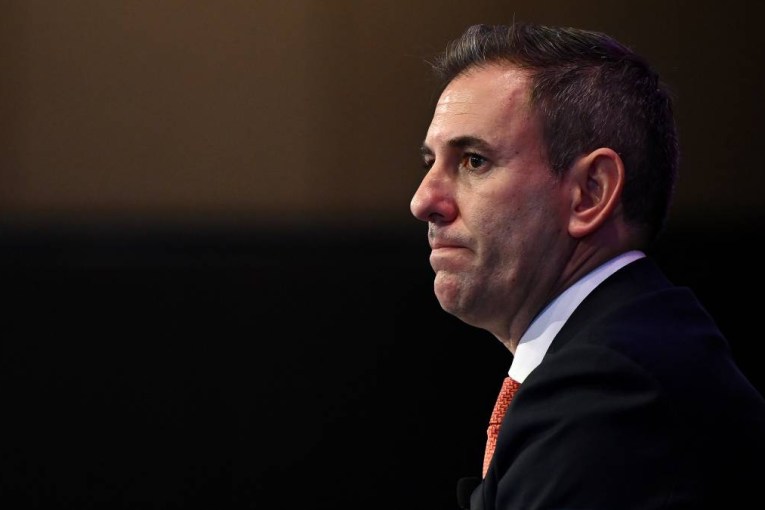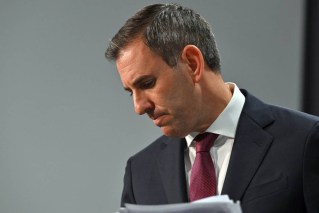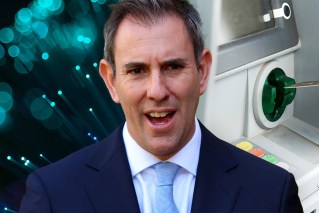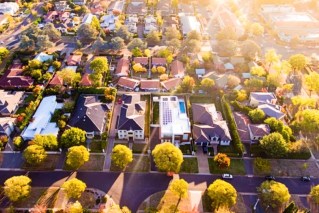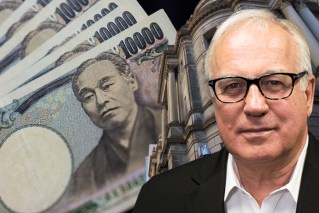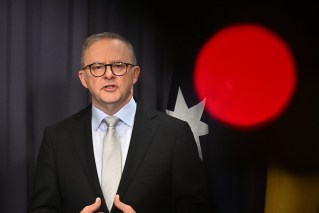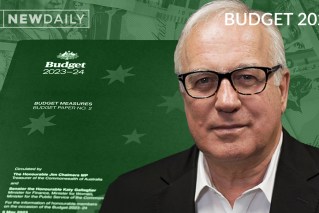Made in Australia: Economists split on benefits of investing in manufacturing

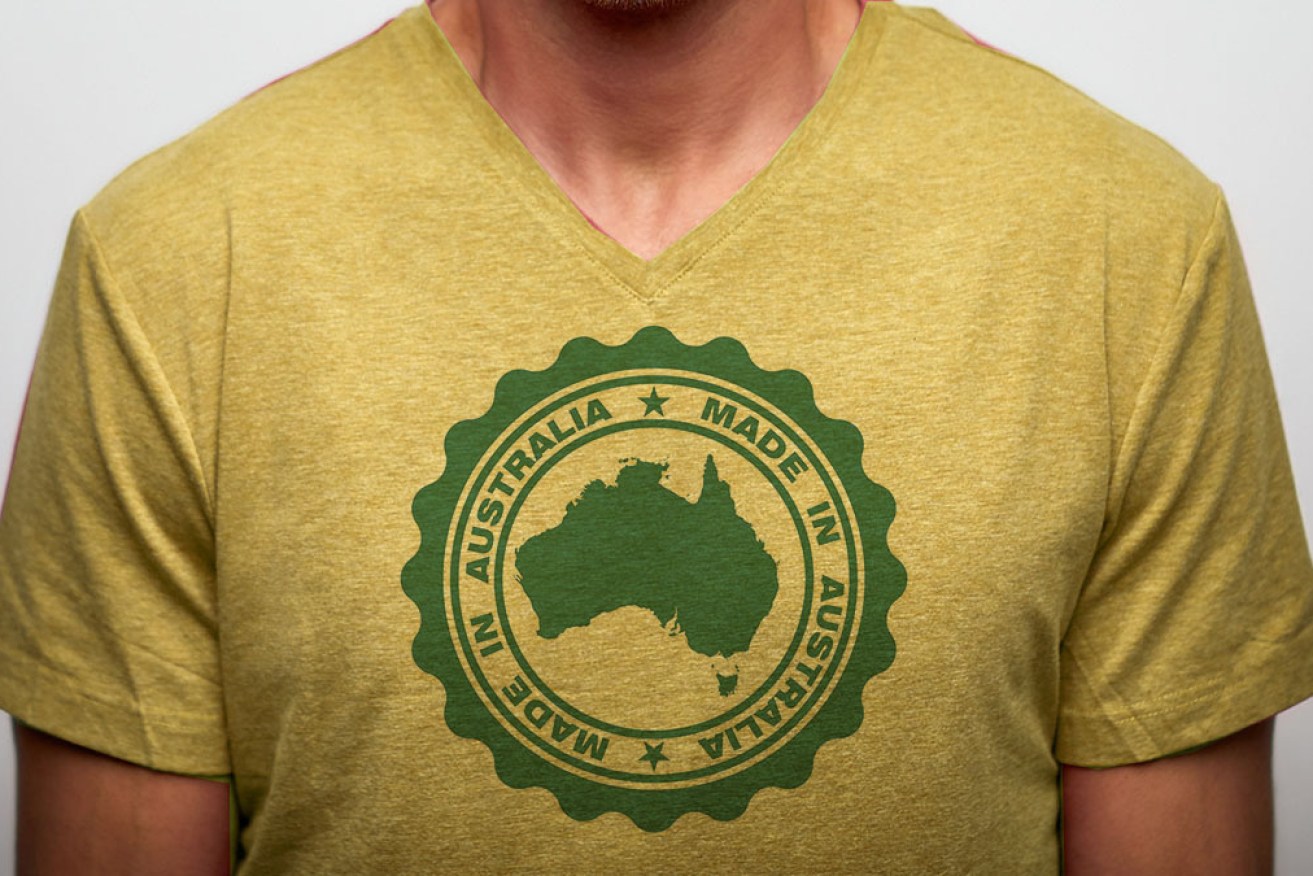
Both parties have said they'll back manufacturing. But is it good economics? Photo: The New Daily
Economists are divided on the benefits of investing in manufacturing after the Government and Opposition said the sector would play key roles in their respective recovery plans.
When the pandemic shut down factories overseas and made it difficult to import essential supplies, Prime Minister Scott Morrison said we needed to strengthen our “economic sovereignty” by making more stuff locally.
Fears of running out of personal protective equipment and ventilators amid spiralling case numbers shone a spotlight on the sector’s decades-long decline.
The Prime Minister said we had to reverse that decline – especially when it related to the production of pharmaceuticals and medical supplies – but ruled out using pandemic-induced shortages as an excuse for protectionism.
He later announced an extra $1.5 billion in funding over four years for six sub-sectors of manufacturing.
But the Opposition Leader went one further.
In his budget reply speech last Thursday, Mr Albanese said “a Labor Government will create a National Rail Manufacturing Plan” and “implement concrete rules to maximise local content and create local jobs”.
This means Labor would likely require federally-funded projects to use a certain amount of goods made locally and – as he explicitly outlined during the speech – ensure at least one in ten workers was an apprentice or trainee.
But although the Made in Australia rhetoric could win votes for both parties, economists offered mixed opinions on whether the policies would be good for jobs and living standards.
Tweet from @profholden
‘Poor white trash of Asia’
Independent economist Saul Eslake said calls to expand the manufacturing sector were misguided and could lead to worse living standards for future generations.
This is because the sector is less productive than most – and expanding it could come at the expense of more productive sectors, he said.
“The only time when Australia has had a manufacturing sector that’s been as large as those of other rich countries’ was when we did it by forcing consumers to pay high prices for badly made goods just because they were made in Australia,” he told The New Daily.
“Which we did from about [the time of] Federation until the late ’80s, early ’90s – and what happened to our living standards when we did that?
“We went from having the highest living standards in the world – along with Argentina and New Zealand – at the time of Federation, to, by the early 90s, being about 22nd.”
Mr Eslake said Australia’s previous focus on manufacturing had put it on course to become – in the words of former Singapore prime minister Lee Kuan Yew – “the poor white trash of Asia”.
Tweet from @MThistlethwaite
“And what’s happened to our living standards since we stopped doing that? Well, we’ve risen to about 12th [in the world],” he said.
“So this idea that, because manufacturing is a more worthwhile form of economic activity than any other – and therefore we should set a goal of increasing the share of GDP that is in manufacturing – flies in the face of not just economic reasoning, but arithmetic.
“So whether it’s Albo saying it or Morrison saying it, it’s just dumb.”
Mr Eslake likened politicians’ support of manufacturing to “religious fervour” – saying that like many religious beliefs there was no evidence to support the argument that boosting manufacturing would lead to better economic outcomes for Australia.
According to Mr Eslake’s interpretation of the 2018-19 national accounts, manufacturing as a sector produces $61 of value for every one hour worked – compared to the national average of $86, $293 for mining, $60 for construction, and $201 for financial services.
The economist therefore believes that investing in manufacturing would leave future generations worse off, as conventional economics says that increased productivity leads to improved living standards.
Tweet from @SHamiltonian
Among other things, Mr Eslake said increasing manufacturing’s share of Australian GDP was a bad idea because:
- It would force us to shrink a more productive sector
- The richer people get, the less they want to spend on “things” and the more they want to spend on services such as health and education. (Economist John Quiggin makes a similar point in this Inside Story article.) This means the domestic market for manufactured goods in Australia is small
- And to be good at manufacturing, you need scale. This means if a country lacks a sufficiently large domestic market, like Australia, it must export goods to make manufacturing worthwhile. But because Australia is far from other countries, exporting manufactured goods is difficult for Australian exporters to achieve in a commercially viable way.
Blueprint Institute chief economist Dr Steven Hamilton told The New Daily last week that the industry was too small to warrant such a significant focus in Mr Albanese’s speech. He said the future of Australia’s economy was in services.
More secure, better paying jobs
But Centre for Future Work director Dr Jim Stanford, who recently wrote a report arguing for the need to revive manufacturing in Australia, said Mr Eslake’s argument didn’t stand up to scrutiny, particularly in the context of high levels of unemployment.
There are more than enough unemployed Australians for the manufacturing sector to expand without “stealing resources” from another sector, he said.
“And the second point is: a dynamic manufacturing sector is an incredibly productive industry, compared to many of the other industries that Australians have had to fall back on,” he said.
Whether that’s coffee shops, retail, or other lower-wage service sectors. For people working in those areas, a decent, full-time manufacturing job would be a huge step forward – especially for young people.”
Dr Stanford said the argument that Australia was too small and suffered from a “tyranny of distance” has “never been true”.
“Someone go and tell South Korea that they’re too small and too remote from the rest of the world in order to be a successful manufacturer,” he said, noting that Australia had no problem importing goods from faraway lands at a reasonable cost.
“And at a time of lasting recession, when the alternative is unemployment, the key goal is creating work – not boosting productivity.”
Tweet from @CntrFutureWork
Dr Stanford’s research shows that coal mining creates 1.2 jobs per $1 million value-added; oil and gas extraction, just 0.6 jobs; and manufacturing, an impressive 8.5 jobs.
“You get far more bang for the buck in job creation from supporting manufacturing than supporting mining,” he said, noting that manufacturing jobs are more likely to be full-time and offer better pay.
And although the government’s $1.5 billion investment over four years was a step in the right direction, Dr Stanford said it would unlock a lot more private investment if it fixed its energy policy instead.
Like economist Ross Garnaut, Dr Stanford believes Australia can become a renewable energy superpower.
“Our national gas production has tripled since 2009, but gas prices to domestic users almost doubled. More production doesn’t mean cheaper gas – and cheaper gas won’t guarantee stronger manufacturing,” he said.
“Global manufacturers are shifting quickly to cheaper, reliable, sustainable energy sources. Australia has an enormous opportunity to become a sustainable manufacturing superpower.
“We are the OPEC of renewable energy – we should make the most of that advantage, by adding value to our renewable energy and using it to power an industrial renaissance.”
